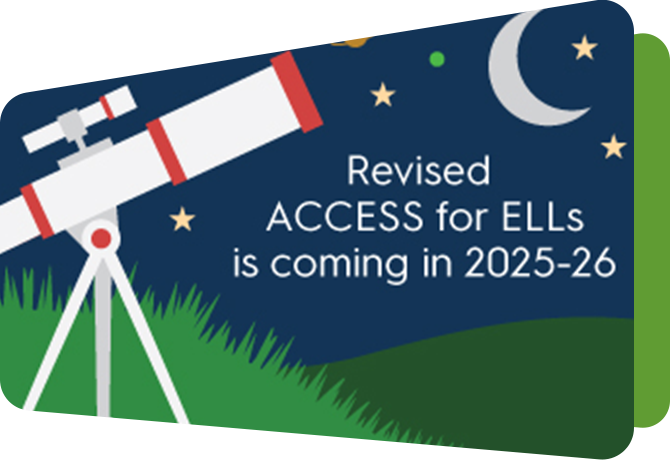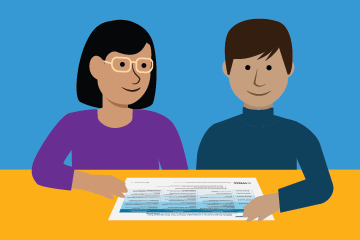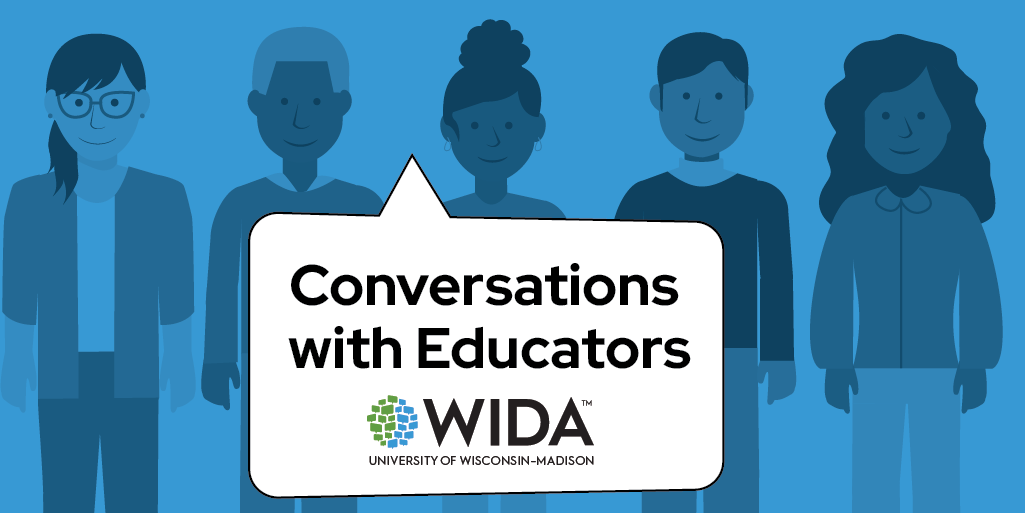Teaching in PreK-3
Resources to provide opportunities for multilingual children to learn and use language
Multilingual children learn and develop language across their home, community and pre-kindergarten through third grade settings. Children’s identities, experiences, environments, relationships, exposure to languages, and opportunities to use language all play key roles in their early language development.
WIDA promotes languaging and learning opportunities for young multilingual children by offering tools and resources for PreK-3 professionals.
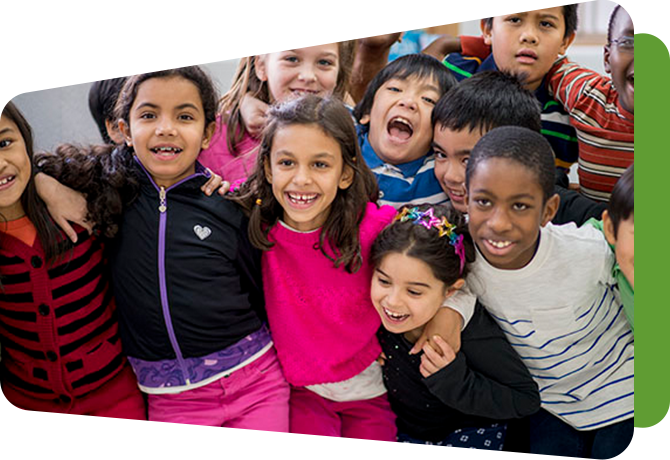
Language-Focused Approach
A language-focused approach promotes the dynamic language and cultural practices of multilingual children and positions families as experts. This approach promotes children’s early learning and language development as children move through PreK-3. The concept of a language-focused approach is woven throughout many of the PreK-3 resources WIDA offers.
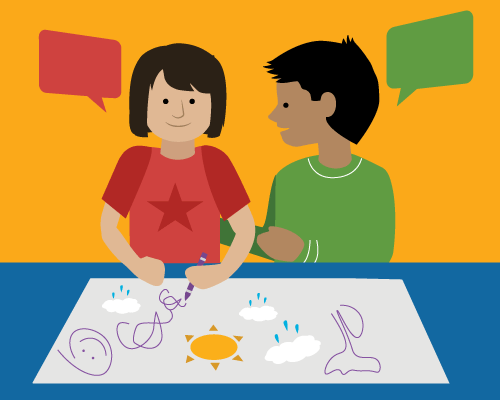
Essential Actions
The WIDA PreK-3 Essential Actions were developed for all adults who play a role in the education of multilingual children to collaborate to provide multilingual children opportunities to develop language, learn and thrive. The Essential Actions are not a PreK-3 curriculum, but rather guidelines, informed by research. They are designed to be integrated in various ways to help educators take a language-focused approach to family and community engagement and teaching and learning. No Essential Action is considered more important than the rest. Likewise, the Essential Actions are not intended to be followed in sequential order. Rather, educators are encouraged to consider their local context and current practices to choose which Essential Action to focus on first.
Self-Paced Workshop
WIDA now offers a self-paced workshop that gives PreK-3 educators an introduction to the Essential Actions, provides an opportunity to build their knowledge and understanding of the Essential Actions and reflect on their own ideologies, practices and settings. Exploring the WIDA PreK-3 Essential Actions is available via the WIDA Secure Portal for educators whose state education agencies participate in WIDA's self-paced workshops. Learn more and get started on the self-paced workshop details page.
Are We Ready?
PreK-3 transitions for multilingual children and their families are essential. They help foster children’s identity development, family partnerships and advocacy, and culturally and linguistically sustaining practices. Let’s reframe the concept of school readiness to focus on how educators, schools, programs and districts are ready to meet the needs of PreK-3 multilingual children and their families. Read Adopting a Language-Focused Approach to Transitions Across PreK-3 Settings and check out the Are We Ready? Recommended Resources and References for general guidance on transitions.
Collaborating Around PreK-3 Transitions
Watch the videos below for an overview of how districts, programs, schools and staff can promote strong transitions for multilingual children and their families. Use the guide and notetaker as you watch, reflect and take action.
Districts and Programs
Schools and Programs
Pre-Kindergarten Resources
Explore tools and resources to support languaging and learning as well as engagement with families of multilingual children in Pre-K.
For Educators
- Concept Tool: A Language-Focused Approach to Planning Equitable Learning Opportunities
- Language-Focused Planning Tool: Annotated Guide
- Language-Focused Planning Tool
- Snapshot: Planning for Languaging and Learning
- Focus Bulletin: Promoting Equity for Young Multilingual Children and Their Families
- WIDA Guiding Principles of Early Language Development
- Early Language Development Standards
- Can Do Descriptors Early Years
- Making Connections: This state-specific set of guides help educators use their state's early learning and development standards/guidelines along with WIDA resources to plan instruction for young multilingual children.

